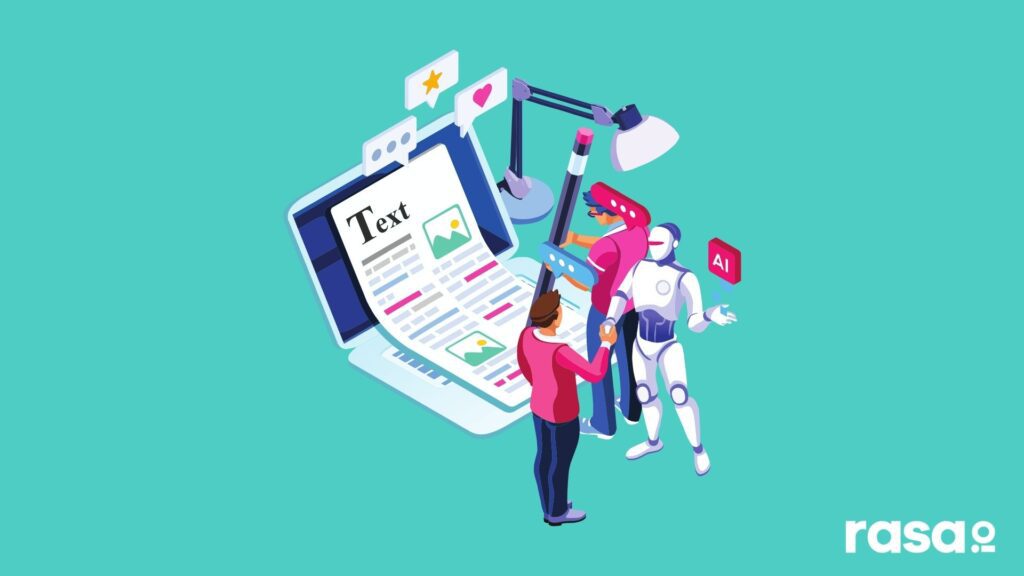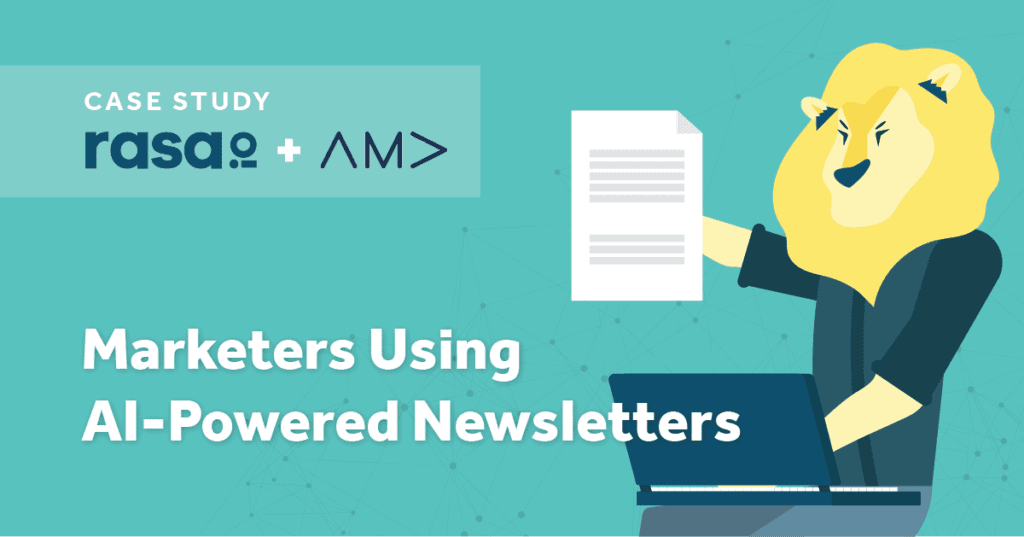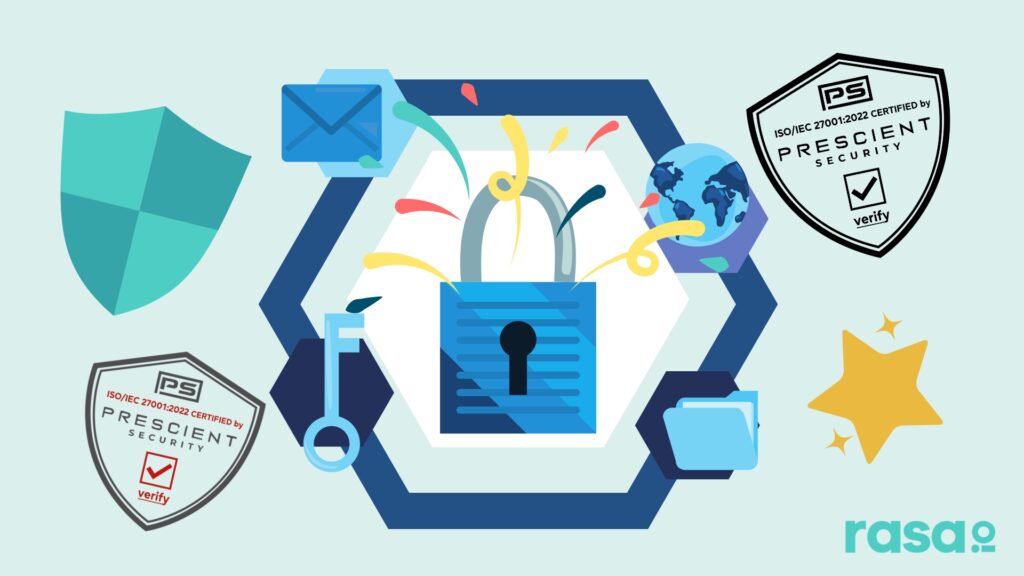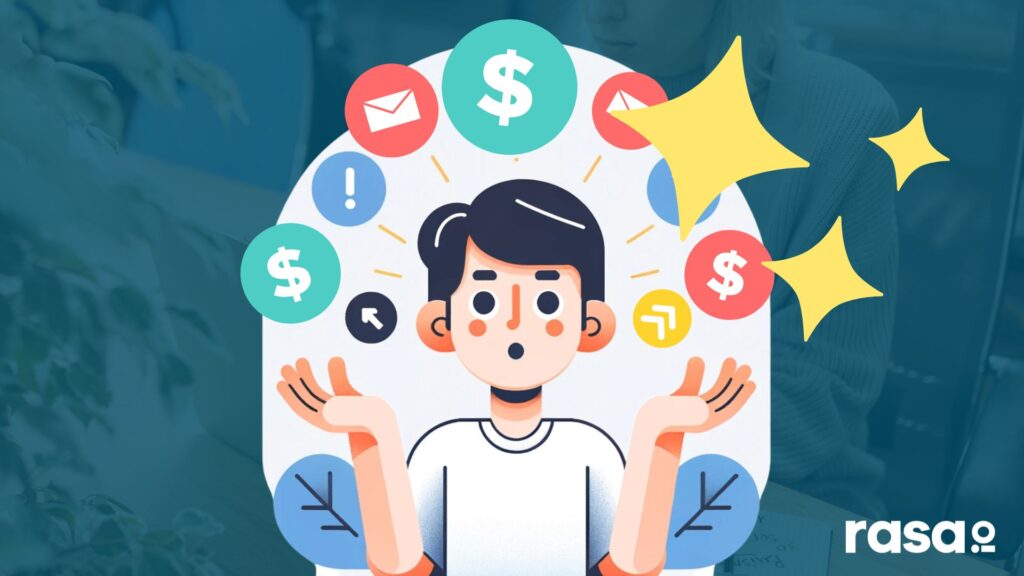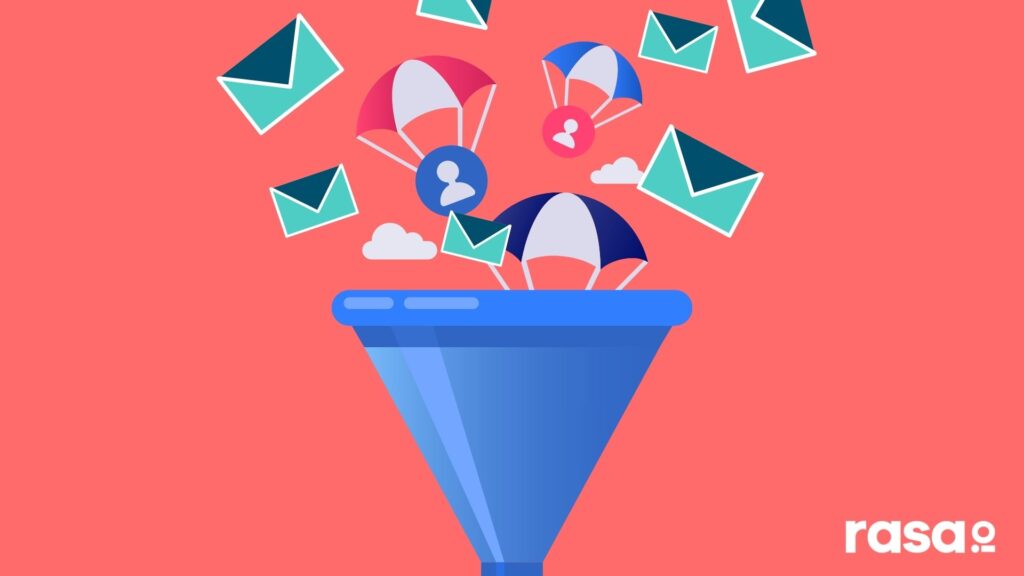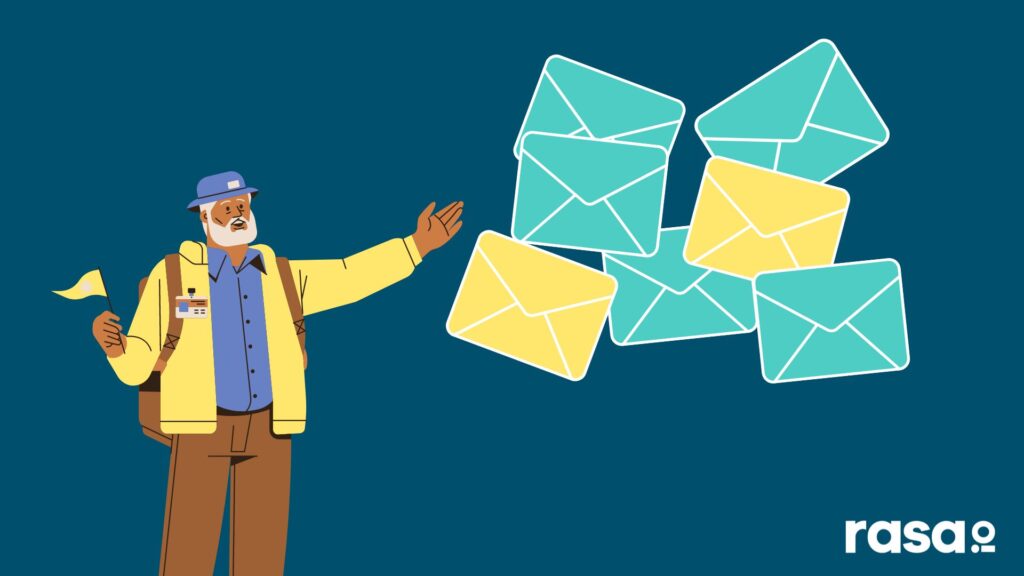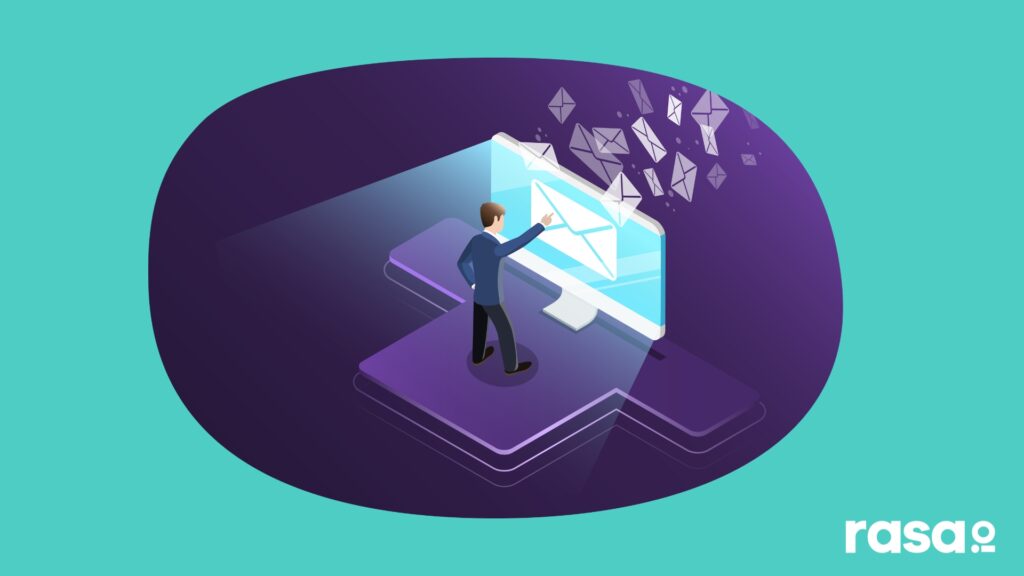AI is not only Artificial Intelligence. AI is Association Intelligence. That’s because, with AI, your association can use one of your most valuable assets: your data, to become indispensable to every member. Unlike augmented reality contact lenses, home delivery drones, genetic medicine, and other futuristic promises, AI for associations is already here.
Decoding AI
You don’t have to be a coder to understand AI. Once only discussed in academic journals, AI is now the topic of daily conversation in the mainstream media and on many popular websites. However, it’s still not so easy to wrap your head around, so here is a break down for you.
Think of AI as intelligent computer programs that try to mimic human intelligence. These programs analyze data, discover patterns, make decisions, and handle tasks as people would, but they do it more quickly and accurately. The most common type of AI is Applied or Narrow AI. They design these systems for a specific task, for example, recognizing facial images, operating a vehicle, or trading stocks. Some common examples include Apple’s Siri and IBM’s Watson.
Artificial General Intelligence (AGI) are systems that attempt to simulate the human brain so they can take on any task. At this point, General AI is only present in science fiction. This of 3-CPO, Wall-E, and Data representing human-friendly General AI or Skynet, Agent Smith, and HAL representing the other side.
Machine learning is one way of achieving AI and where the most exciting developments in AI are happening. Instead of programming a system to do something, with machine learning, you program the system to use algorithms to think and learn as humans would. It makes decisions or predictions based on the data and then learns from feedback, which helps it continue to enhance its capabilities and knowledge.
Another term you’ll see frequently is deep learning. This approach to AI combines techniques from machine learning with the artificial neural network approach. Neural networks are layers of hardware and software that classify data the same way the neurons work in our brains. Each layer of the network has a focus, for example, the edges of images in an image recognition program. Deep learning gets its name from the depth of these multiple layers. Facebook’s facial recognition tool uses deep learning to analyze and classify a huge collection of images, so it can recognize the ones you upload.
Natural Language Processing (NLP) is another example of a deep learning application. It tries to understand our natural written or spoken language so it can communicate back in a similar language. Search engines, spam filters, and chatbots are examples of NLP at work.
Everyday Life with AI
Once upon a time, only mathematicians and computer scientists spent time with AI. However, nowadays, many successful brands have made AI part of everyday life, maybe even yours.
A smart speaker wakes you up and gives you the weather report, the final score of last night’s game, and your morning schedule. Later, while eating breakfast, you upload photos from last night and watch while Facebook automatically tags your friends. You request one last check of the traffic and you’re out the door.
At work, Google’s suggestive search saves you time while you do some market research. Meanwhile, you still can’t get over how that ad for a new video game is still following you around the web. You take a break to look up a book on Amazon, but end up buying two others thanks to product recommendations.
Just then you get a text from your bank. Its fraud detection system spotted something that doesn’t fit your normal spending pattern. You log in to your bank’s website and, with the help of a chatbot, you let them know you didn’t make the purchase in question. While driving home, you listen to a bunch of new songs suggested by Pandora. You stop at the store to pick up dinner and save a few bucks thanks to a digital coupon. It’s weird how they know exactly what you may want for dinner.
Finally, you relax on the couch watching a movie thanks to another great recommendation from Netflix. As you probably know, these big brands have big budgets so of course, they can use AI to deliver services. But here’s the good news: even smaller brands, like associations, can afford to use AI to deliver value to members and customers.
AI for Associations
What’s the most overused word in the association community? No, it’s not “innovation.” That’s a good guess, though. There’s one word you will hear in almost every strategic and tactical conversation because an association’s sustainability depends on it.
The word is engagement.
Too often, engagement means one thing to an association, but a number of different things to its members. Realistically speaking, how do you engage members with all their different needs and interests, as well as their different ideas about how they want to be engaged? Until now, an association’s ability to engage with each member has been limited.
One-on-one communication has been impossible. Traditional engagement efforts have always centered on activities, like conferences or volunteering. Unfortunately, they happen infrequently or require a high commitment of time and/or money on each member’s part. While online communities are a way to engage more members on a more frequent basis, they have limitations, too.
If members participate at all, they’re usually lurkers. Only a tiny fraction are active community members; maybe three to five percent on a good day. It’s difficult to convert passive members, which are the majority, into active members who participate in a community, volunteer, or attend events. Most members either can’t or don’t want to engage in this way.
So what do you do? How do you give members an association experience that’s personally appealing and relevant as well as an experience they can’t get elsewhere? Here’s how: Help them develop an association habit. Get them hooked on you. Become indispensable. Habits aren’t easy to develop, but once they become part of a person’s lifestyle, they’re transformative.
An association habit is most likely to take hold through frequent episodes of engagement, but it has to be an engagement on your member’s terms. Find a way to become a small part of their lives every day. Regularly provide membership value in a way that doesn’t require a high commitment of time or money.
This is where AI comes into play. AI digs into the untapped potential of your association’s data. This is the valuable data in your AMS, LMS, CMS, and email marketing and marketing automation platforms. For example, AI can use data to discover correlations and patterns and then predict what a member would want to read every morning.
It can look at a member’s past behavior and social graph to recommend webinars or conference sessions they’d want to attend. AI can suggest publications or online learning programs to purchase. It can identify members who’d want to connect with each other for a mentoring program, peer discussion group, or mastermind group.
Artificial intelligence isn’t the technology of the future, it’s the technology of the preseent. And most certainly it’s within your association’s reach. If you’d like to hear how you can use AI to easily deliver a more valuable membership experience, you can get started below.





